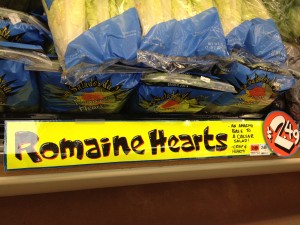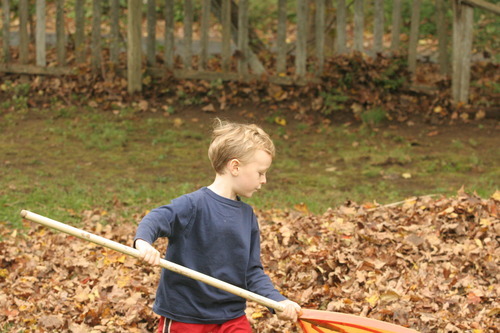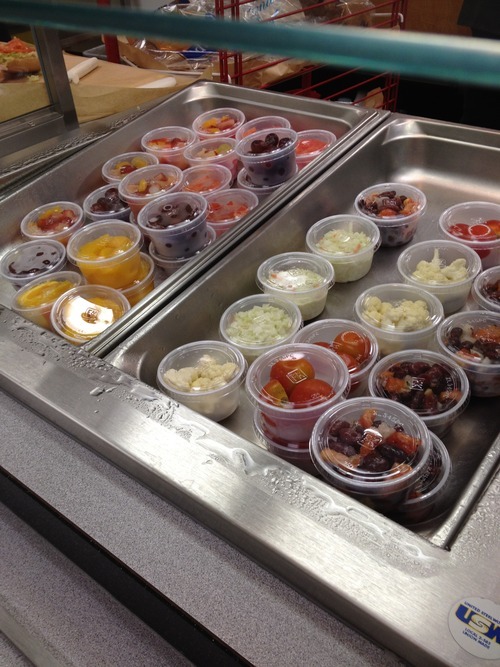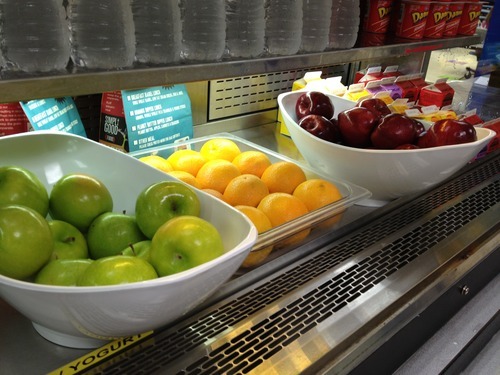The other week I read a post on BlogHer called The Cult of Organics. Although I consider myself a moderate voice when it comes to food politics and beliefs, I still took umbrage with it. I’m sorry that the author got condescending reactions to her food choices, but I believe there are plenty of good/viable reasons to choose organic foods– some of the time. Money is an issue for me but I still buy organic milk. I buy organic strawberries. But, I don’t buy only organic foods. I choose which foods I buy that don’t need to be organic and those which do. I might pay more for some of these choices, but it’s a price I’ll pay now so my children don’t need to pay it later with their health. I guess I also consider myself a “food snob” because I care about and enjoy food; it’s a big part of my life. I am not part of a cult but an informed consumer, who is concerned for the long-term effects of pesticides, over use of antibiotics and uncertainty of GMOs on my children’s well-being.
It may be surprising, but I am also the mom who allows my kids junk food, occasionally, and I let them drink a soda when at a party, and I also throw a frozen pizza in the oven when I need to. But when I choose most foods, they are healthful and often times, made at home. I think lumping everyone who buys organic or chooses to make homemade-from-scratch foods in as “elite” or “food snobs” doesn’t give the author credibility as a moderate voice. I don’t think I’m hostile to people who choose non-organic versions of foods, but I found the article to be hostile toward those trying to educate others about them.
Even if you haven’t read studies, articles or books on pesticides in foods (like those with endocrine disruptors); pollutants that have gone into our rivers and oceans affecting the flora and fauna; bee colony collapse; cancer causing ingredients that are banned in other countries; rises in autoimmune diseases, allergies and neurological disorders; children starting puberty younger; or the rises in obesity, you can often see the difference in organic over conventional fruits and vegetables… a potato that’s not organic won’t sprout eyes but will just go rotten. Or how about those ginormic strawberries that are perfectly, uniformly red, but lack a true strawberry flavor? And do you really want to buy your food from the world’s largest herbicide company –which is also the largest seed company?
I will choose antibiotic-free meats because food-producing animals are being given more antibiotics than humans as the norm to prevent illnesses that better living conditions could solve. Those antibiotics get into our foods and water and we are getting close to an era where antibiotics will no longer work for us humans. I don’t mean to be fearmongering and sensationalist, I am just trying to say sometimes organics are the best choice. (In my parents’/grandparents’ day there was no such word as organic food there was just food, because then there was a fraction of pesticide/herbicide use and no GMOs.) As far as Jayson Lusk’s arguments against organics in Food Police go,– he doesn’t dissuade me, I’m not in it for most of the reasons (mostly economic) he gives. Many studies giving out favorable information on conventionally grown foods are funded by food companies who grow the food, they not only fund the studies but consequently benefit from the dissemination and promotion of those very studies.
I will not buy berries, apples, spinach, celery, potatoes or corn that are not organic (or at least locally produced without GMOs and most pesticides). But I will buy broccoli, cauliflower, peas, avocados, mushrooms. I am not a cultist or someone who is extreme. I am an informed consumer. My children’s milk is usually organic and always without hormones. And the one thing I am not is rich. Far from it. I struggle, especially because my husband has been unemployed since January and was basically working for free for several months before that. But I will forgo movie outings, dining out, new clothes, cleaning people, and expensive salon trips to put the money into our food choices.

Conventionally Grown Lettuce vs. Organic Lettuce at Trader Joe’s – just a little bit more expensive.
And I will buy frozen foods. Even some canned foods. And many of the “Food Police” (Pollan, Bittman, Nestle, etc) actually do say if it comes down to it: buy vegetables and fruits in any way over not buying them at all. If you’re looking, I find that Trader Joe’s is a great place to not only find well-priced foods but also those that are free of GMOs, artificial colors and other harmful ingredients. Choosing to join a CSA actually saved me money and I was introduced to many new and different foods that I otherwise wouldn’t have chosen. And those foods are pesticide-free– bugs are hand-picked then squashed. So it’s possible to buy organic foods on a tight budget.
I try to share information on how to prepare foods that are healthful and convenient. I love cheap food but realize there are prices to pay. For me it’s the whole economics — health and wealth are the factors in my decision making. I also think it is worth the extra money. Sometimes. So, sure, let’s have some reasonableness. Just realize us “food snobs” or those you claim are in an organic cult aren’t always the ones with the hostility. Want to find quick ways to cook healthy foods? Search through my blog; it’s got plenty of ideas and many of them take short-cuts so they’re convenient. You might also find my popular pizza that takes so little time but is actually pretty healthy.
So, let’s get along but understand, tolerance goes both ways.










